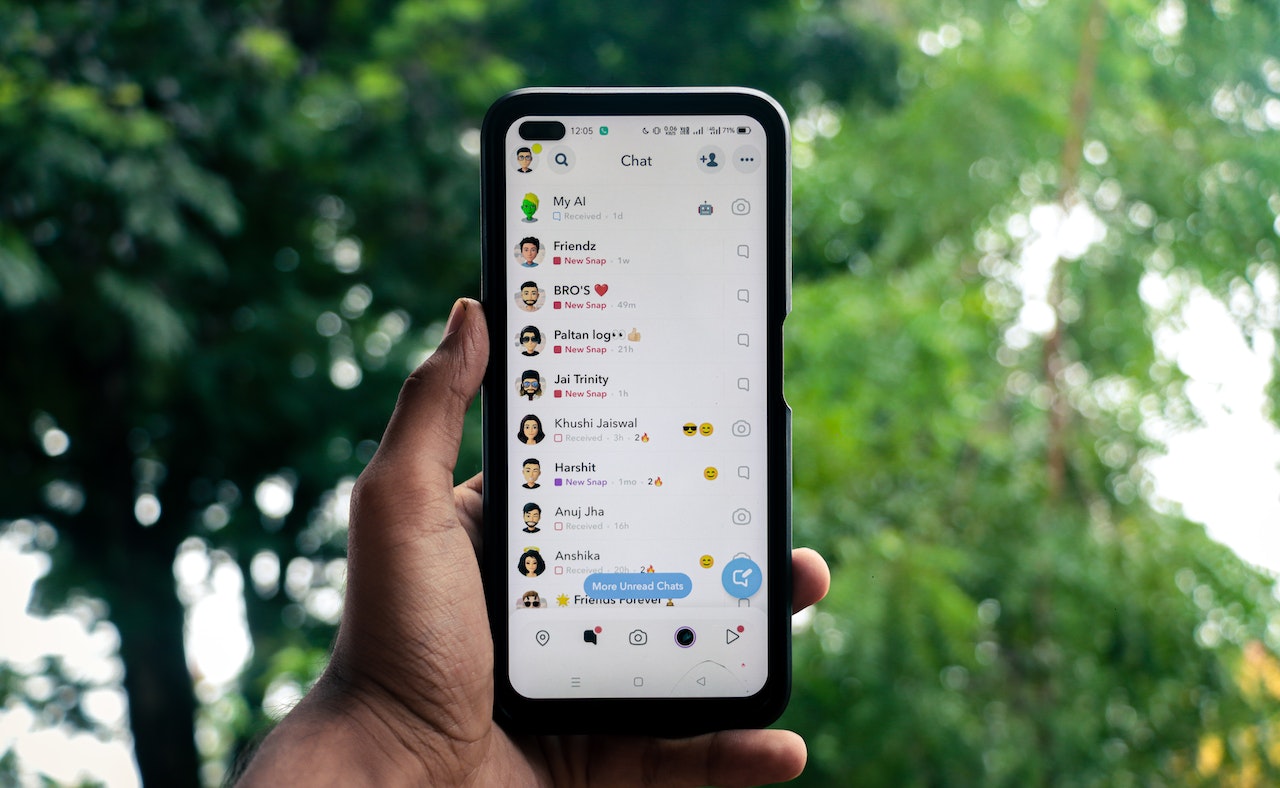Understanding Content Risks: Identifying Inappropriate Material
Understanding content risks is an important part of any online business. Identifying inappropriate material can help protect your company from potential legal and financial liabilities. Content risks include anything that could be considered offensive, illegal, or otherwise damaging to the reputation of your business. This includes images, videos, text, and other forms of media that may contain explicit language or imagery. It also includes links to websites that are known for hosting malicious software or promoting hate speech.
When it comes to identifying inappropriate material, it’s important to have a clear understanding of what constitutes as such. Companies should create policies and procedures for monitoring content on their website and social media accounts. They should also consider using automated tools such as keyword filters and image recognition technology to detect potentially harmful content before it reaches the public eye. Additionally, companies should regularly review their content policies and update them when necessary in order to ensure they remain compliant with applicable laws and regulations.
Parental Control Tools: Filtering and Blocking Content on Devices
Parental Control Tools are tools that allow parents to filter and block content available on their children’s devices. Parents can set age restrictions to prevent children from viewing inappropriate content or visiting websites that are inappropriate. The tools also allow parents to monitor the time their child spends online and set a limit on the amount of time they check emails and other social media apps. In addition, the Parental Control tool can be set to notify a parent of any online activity of their child.
The Parental Control tool is a very effective way to ensure online safety for your child. You can set time limits and content filters to protect them from inappropriate material or websites. You can also monitor your child’s online activity and make sure they are safe while surfing the Internet.
Creating Device Profiles: Customizing Content Restrictions for Kids
Creating device profiles is an important part of parenting in the digital age. It allows parents to customize content restrictions for their children, ensuring that they are only exposed to age-appropriate material. This can be done through a variety of methods, such as setting up parental controls on devices or using third-party applications. With these tools, parents can block certain websites and apps, limit screen time, and even monitor their child’s online activity. By creating device profiles for each of their children, parents can ensure that their kids are safe while still allowing them to explore the internet in a responsible way.
Device profiles also allow parents to tailor content restrictions based on each child’s individual needs and interests. For example, if one child is more interested in educational content than another, parents can set up different levels of access for each child accordingly. Additionally, by creating separate profiles for each family member, parents can easily keep track of who has access to what content at any given time. This helps ensure that everyone in the family is able to enjoy the internet safely and responsibly without compromising anyone’s privacy or security.
Educating Kids: Teaching Responsible Device Usage
Educating kids about responsible device usage is an important part of parenting in the digital age. As technology becomes more and more integrated into our lives, it’s essential that children learn how to use devices responsibly and safely. Teaching kids about responsible device usage can help them develop healthy habits for using technology, such as setting limits on screen time, understanding online safety protocols, and learning how to be respectful when communicating with others online.
Parents should start teaching their children about responsible device usage from a young age. This includes discussing topics like cyberbullying, privacy settings, and appropriate content for different ages. It’s also important to set clear rules around device usage in the home, such as no phones at the dinner table or no screens after bedtime. By having these conversations early on and enforcing consistent rules, parents can help their children develop good habits for using technology responsibly.
Staying Updated: Keeping Pace with Evolving Online Content
Staying updated on the latest online content is essential for anyone who wants to stay ahead of the curve. With new technologies and trends emerging every day, it can be difficult to keep up with all the changes. Fortunately, there are a few simple steps you can take to ensure that you’re always in the know about what’s happening in the world of online content.
The first step is to subscribe to relevant newsletters and blogs. This will help you stay informed about any new developments or updates related to your industry or interests. Additionally, following key influencers on social media can also be beneficial as they often share valuable insights into their respective fields. Finally, attending conferences and seminars related to your field can provide an invaluable opportunity to network with other professionals and learn more about current trends in online content. By taking these steps, you can make sure that you’re always up-to-date with the latest information available online.
